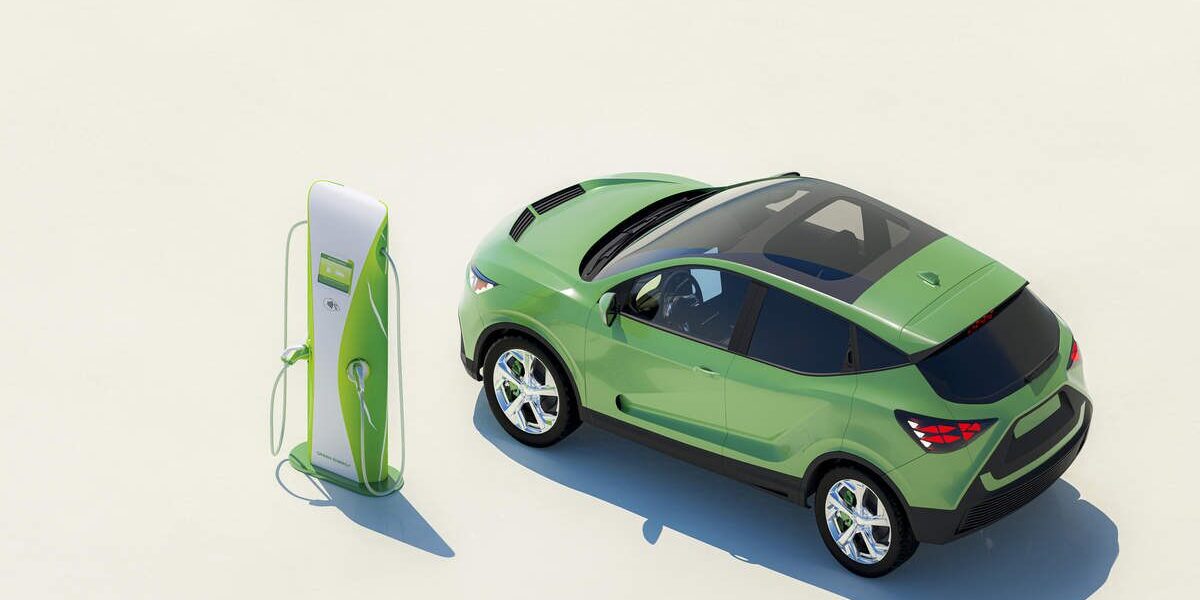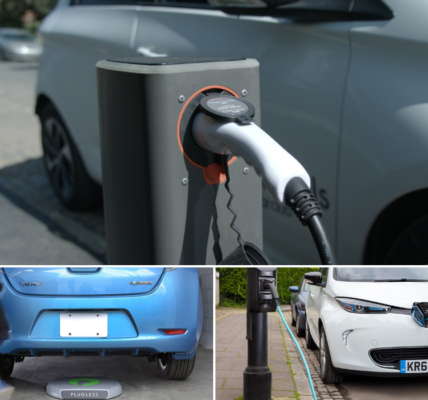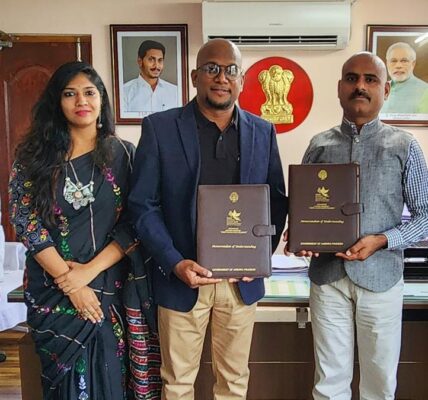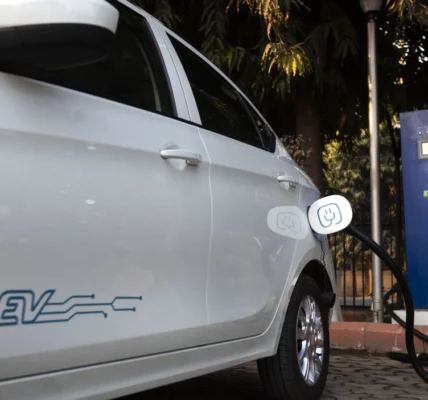A latest estimate by Goldman Sachs has stated that India’s share of the global electric passenger vehicle market may go up to 7.1 per cent by 2040 from the current level of 1 per cent in 2024.
As per estimates for 2024, Sachs has predicted that electric passenger car sales will remain at more or less the same levels as 2023, around 0.1 million. But in 2030, they will cross the million mark for the first time, hitting 1.3 million in 2030 and then 5.5 million by 2040.
But compared to other countries, India’s electric passenger vehicle penetration will remain far behind the global average. It will see a penetration of 7 per cent in 2026, going up to 21 per cent in 2030 and hitting 57 per cent by 2040.
Compared to this, average penetration will be much higher, at 20 per cent in 2026, 34 per cent in 2030 and 62 per cent by 2040. The average is based on projections for the US, Japan, China, the EU, India and the rest of the world.
The revised estimations fall significantly short of Niti Ayog’s ambitious objective to achieve a 30 per cent penetration rate for electric passenger vehicles; nevertheless, they still surpass ICRA’s more conservative prediction of a 15 percent level by 2030.
Interestingly enough, the pattern observed within India mirrors that seen in Japan. In India, hybrid technology remains prevalent; however it is anticipated that EV encroachment will reach an approximate of 8 per cent by 2026, subsequently rising to around 20 per cent in the year of 2030.
Earlier this month, The Centre floated the Electric Mobility Promotion Scheme (EMPS), which aims to boost the electric vehicle (EV) industry further. This scheme is set to be in place for four months, ending in June 2024. EMPS 2024 will offer a subsidy on EVs of up to Rs 10,000 per two-wheeler, Rs 25,000 per light three-wheeler (like e-rickshaws), and Rs 50,000 per heavy three-wheeler (like autos and commercial units).
EMPS, which serves as a transitional scheme, aims to minimise disruption in EV sales following the expiration of FAME II at the end of this month. It is expected to pave the way for a broader EV scheme post the financial year 2024-25 (FY25) budget.
EMPS 2024 lowers the subsidy on e2w and e3w and completely omits electric buses and four wheelers. The new scheme allocates Rs 333.39 crore to support sale of 3.33 lakh electric two-wheelers (e-2W) and Rs 126.19 crore for sale of 25,238 large electric three-wheelers (e-3W L5). Sale of 13,590 e-rickshaw type electric three-wheelers (e-3W) is to be supported through the Rs 33.97 crore allocation under the EMPS, 2024.
Carmakers are raising their bets by launching more electric mass models. Tata Motors is currently dominating the EV market in India with its models such as Tiago, Nexon, Tigor and Punch, followed by MG Motor India, and Mahindra & Mahindra. China’s BYD is also entering the Indian market and surging ahead of other foreign manufacturers such South Korea brands Hyundai and Kia.
In the two-wheeler segment, Ola Electric leads the pack with the highest sales and market share, followed by TVS Motor, Bajaj Auto, and Ather Energy.







